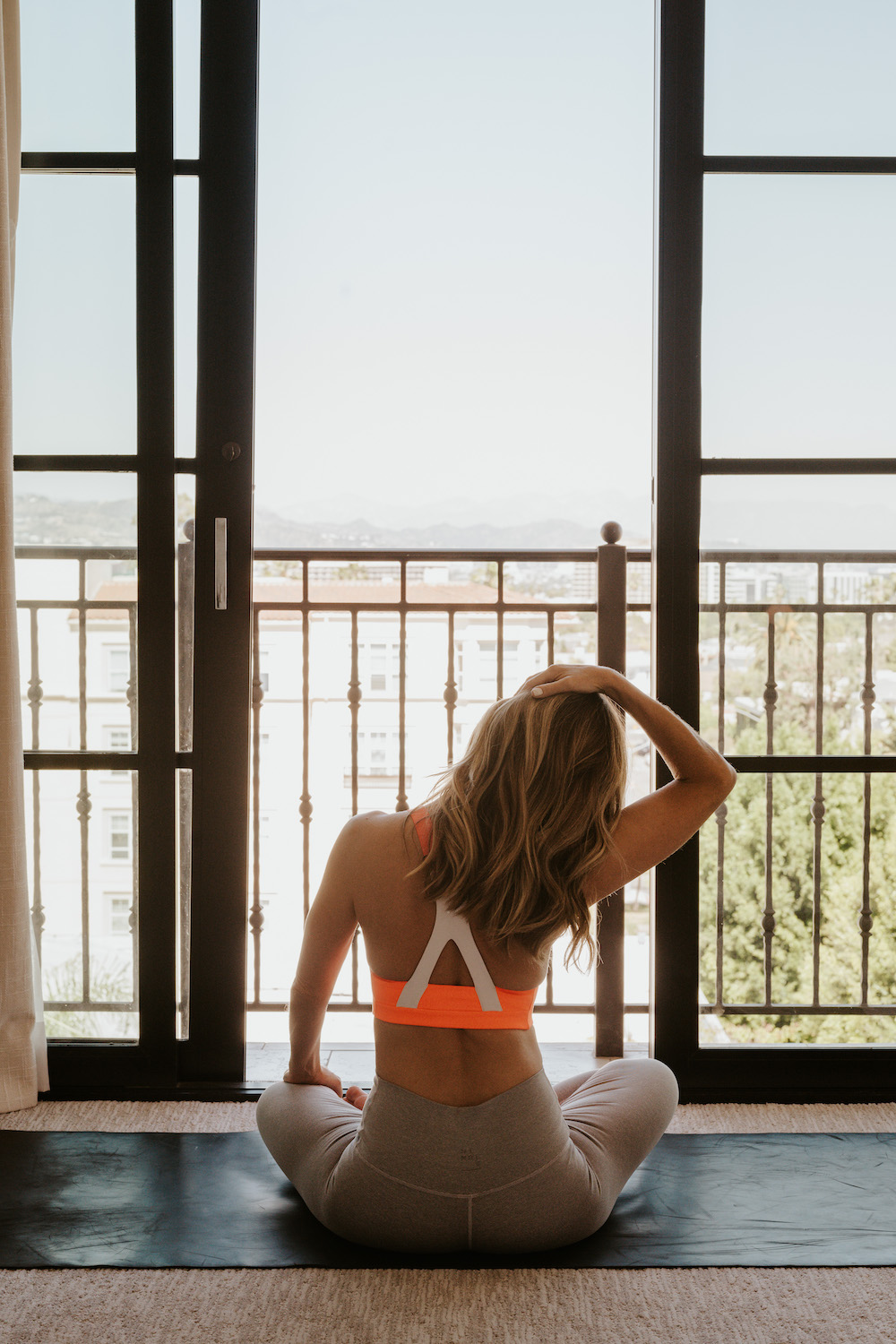Why brands should be thinking about accessibility in design
Applied Design’s Brad Scott joins the Marketer’s Brief podcast to talk about the challenges and benefits of including accessible elements in design.

More marketers are ramping up investments in accessible design to ensure their marketing and products are usable by all consumers, including those with disabilities.
For example, Mastercard last year began marketing its Touch Card, which is distinguishable by touch, for visually-impaired individuals. Improving accessibility is a move more brands are making or considering, according to Brad Scott, founder of Applied Design, a company that works with companies on the issue.
“People are looking at who they are as brands and they're wanting to reflect who they are,” said Scott on a recent episode of the Marketer’s Brief podcast. “And one way to do that is really paying attention to accessibility and really making things equitable for the people that they're serving.”
More: How different generations view diversity in advertising
Applied Design, a New York-based outfit with 15 employees, has worked with the Braille Institute of America, the Metropolitan Transportation Authority in New York and Westfield, the mall operator, on their accessible design work. At the Braille Institute, the shop helped develop a font for people with low vision—the text became the organization’s corporate font, though it started as a branding program.
“What we realized very quickly in doing the branding program was that there … really wasn't anything available that met the criteria for people with low vision,” Scott said.
Westfield has been working to make sure its signage and physical environment, including the design of its store directories and the height of fixtures, work for everyone.
On the podcast, Scott also talks about the challenges involved with focusing on inclusivity in design. Brands might have trouble maintaining a certain aesthetic, for example, when they add elements of accessibility. However, he said that does not have to be the case.
“They're not mutually exclusive and we have to work really hard as designers to not make them mutually exclusive,” he added.

 JimMin
JimMin 






























